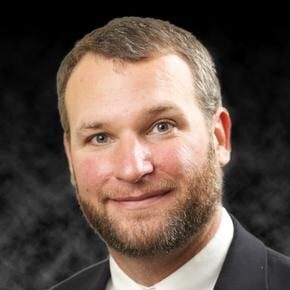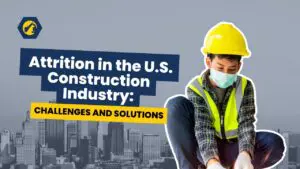 At the time of writing this, in 2024, a record amount of baby boomers are crossing the “65” line, the old traditional date of retirement. Crossing this line, especially since it’s only arbitrarily relevant at this point, seems a poignant time to review retirement trends as they pertain to the construction industry.
At the time of writing this, in 2024, a record amount of baby boomers are crossing the “65” line, the old traditional date of retirement. Crossing this line, especially since it’s only arbitrarily relevant at this point, seems a poignant time to review retirement trends as they pertain to the construction industry.
As the country keeps growing older and older, straining Social Security, the fears over the rising age of retirement hang over everyone. Pairing this with the waning popularity of construction careers, particularly for laborers, presents new issues. With the rising age of full retirement to 67, everyone in all industries will be incentivized to work longer, particularly those of lower income and savings. This group tends to be those who have to do more hands-on work. For those laborers who are parts of unions, this is at least somewhat alleviated, as many unions offer pensions, but this doesn’t cover everyone in all positions at all companies.
There are also concerns about company leadership. With the declining size of the construction industry population relative to demand, and with much of the existing leadership being Baby Boomers, a large portion of the leadership in our industry will be or have already left the industry. Gen X saw a decline in births, meaning that they won’t be able to take over those roles for as long as the Boomers did. There could be a considerable shake up with the changing times as the old guard steps down and Millennials begin taking on more senior positions.
So, what can be done about this by construction companies? I won’t pretend to have the answers to Social Security since I don’t, but when it comes to dealing with the stress that this brings, construction companies do have solutions. Particularly when it comes to attracting talent to the industry – something the industry has mixed results in – rock solid benefits are a major selling point, especially retirement plans. Since Social Security can’t be relied on, the more financial security you can provide to candidates the better, but you have to promote that. Rather than just list your benefits out, emphasize how they will impact candidates – healthcare to look after them, retirement to ensure their future, and so on.
As always, having a clear succession plan is also key. Things should likely shuffle around a bit faster in the coming decade, as Gen X is a smaller pool of people than the Boomers were, meaning fewer people are stepping into more difficult to fill shoes than ever before. While an immediate successor might be in sight, there may not be one to succeed them. It might not be practical to have the successor’s successor picked ahead of time, but it should be something kept in mind, as the need for that person may arise sooner than expected. I recommend mentorship programs, formal or informal, in order to foster an internal potential successor. Ideally, your employees should be well aware of a potential successor’s successor, or of several good options for who could grow into that role.
Ultimately, what you want to offer your employees and prospective employees is a future, a place they can grow in, and stability through changing times. As unexpected surprises strike the world and particularly the economy, let the benefits you offer and structure of your company become a rock of stability. With how uncertain the future is, especially with the transition of Boomers leaving the industry, the smaller pool of Gen X to step up, and Social Security’s increasing age limit, make it clear that your company will stride through those obstacles prepared, looking out for your employees. If you need assistance on how to best go about this, HCRC will be more than capable in helping you develop that message.






